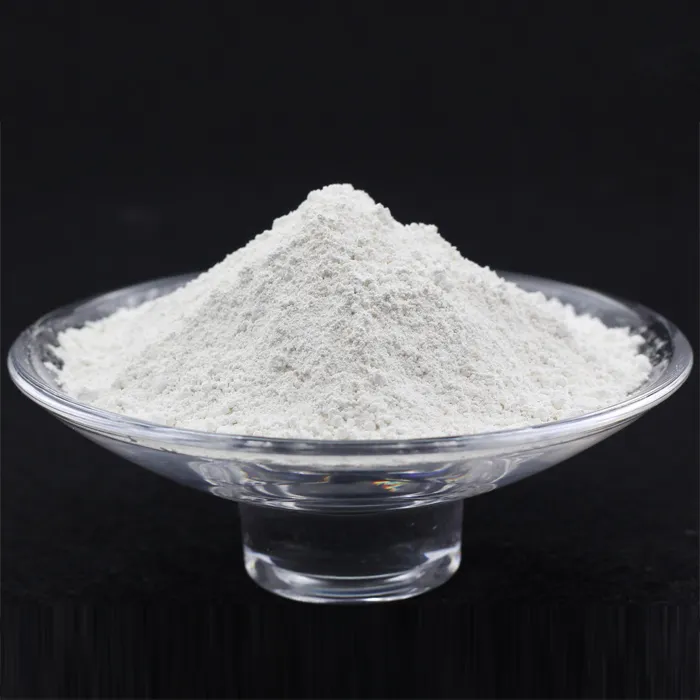cooling water treatment chemicals
Cooling water treatment chemicals play a pivotal role in maintaining the efficiency and longevity of industrial cooling systems. Their usage ensures optimal heat exchange, prevents scale buildup, and combats the growth of harmful microbial agents. This article delves into the intricacies of these chemicals, offering insights from industry experts and real-world applications while maintaining an authoritative stance to support decision-making processes.
Understanding the Basics
At the heart of any efficient cooling system lies the quality of its water. Cooling water treatment chemicals are designed to address specific challenges that arise when water circulates through complex processes. These challenges include corrosion, scale, and microbiological growth—all of which can significantly impair system performance if not appropriately managed.
The Chemical Arsenal
1. Anti-scalants Scale formation occurs when mineral deposits, particularly calcium carbonate, accumulate, leading to reduced heat transfer efficiency and increased energy consumption. Anti-scalants modify the crystal structures of these deposits, preventing them from adhering to surfaces. Leading experts emphasize products containing phosphate-based compounds for their superior effectiveness in various water chemistries.
2. Corrosion inhibitors Metal surfaces within cooling systems are vulnerable to corrosion, demanding protective measures to enhance system lifespan. Corrosion inhibitors form a protective film over metal surfaces, with polyphosphates and organophosphates as popular choices among chemical engineers. This layer acts as a barrier, mitigating the corrosive effects of dissolved oxygen and other reactive agents.
3. Biocides Microbial growth poses another substantial risk, potentially leading to biofilm formation that hinders heat exchange and promotes corrosion. Oxidizing and non-oxidizing biocides serve as an effective remedy, eradicating bacteria, algae, and fungi. Facility managers often prefer products like chlorine dioxide, praised for its broad-spectrum efficacy and minimal environmental impact.
Real-world Applications A Case Study
In a leading manufacturing plant, the implementation of a tailored cooling water treatment program led to a remarkable increase in energy efficiency by 15%, as reported by the facility’s chief engineer. By systematically incorporating anti-scalants, corrosion inhibitors, and biocides, alongside diligent monitoring and maintenance protocols, the facility not only extended the lifespan of its equipment but also reduced operational costs.cooling water treatment chemicals
Expert Insights
Dr. Emily Hart, a renowned chemical engineer with over two decades of experience, underscores the importance of continuous water quality analysis. The selection of appropriate chemicals must be dynamic, factoring in changes to water composition and operational conditions, she advises. Her research highlights the integration of real-time monitoring technologies, which provide actionable insights that inform chemical dosing adjustments and minimize waste.
Building Authority Through Trust
Choosing the right cooling water treatment chemicals requires collaboration with reputable suppliers who prioritize transparency and sustainable practices. Industry leaders advocate for conducting thorough assessments of chemical providers, ensuring they offer comprehensive technical support and adhere to environmental regulations.
Regulatory Compliance
Staying apprised of regulations governing chemical usage is non-negotiable. With increasing scrutiny on the environmental impact of industrial processes, companies adopting eco-friendly chemicals and practices gain a competitive edge. The Global Harmonized System (GHS) for classification and labeling offers a framework that companies must navigate to ensure compliance and safety in handling and storage.
Conclusion
The successful implementation of cooling water treatment chemicals hinges on an intricate balance of expertise, experience, and trust. By leveraging these critical dimensions, operators not only safeguard their systems but also achieve sustainable operational excellence. It is the fusion of cutting-edge science with practical, field-tested strategies that elevates a company’s status as a responsible, innovative player in the industrial landscape.
More product recommendations



